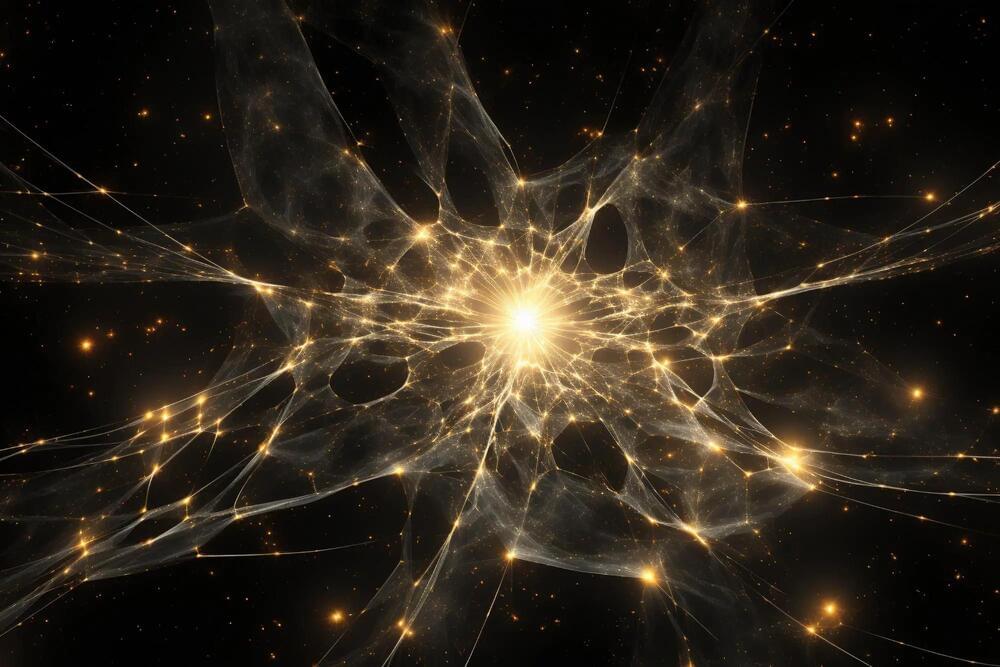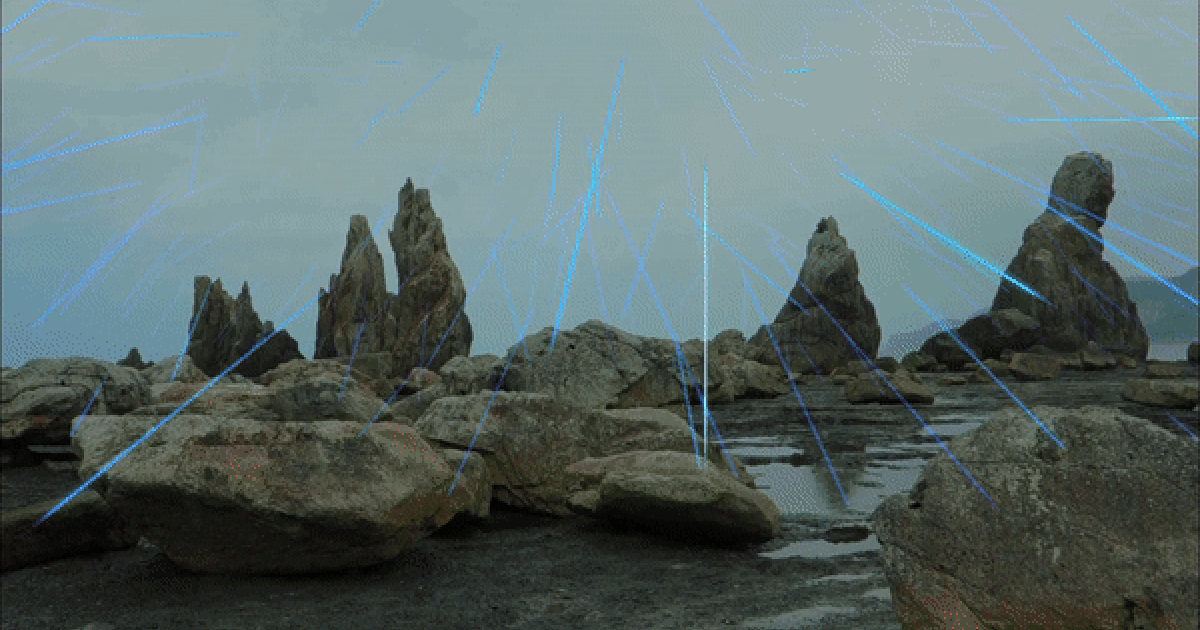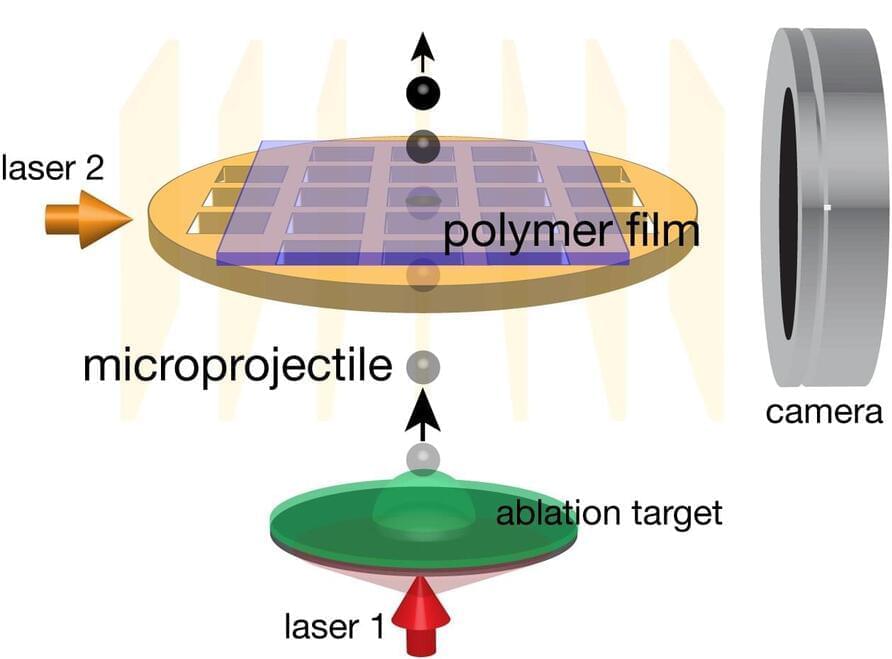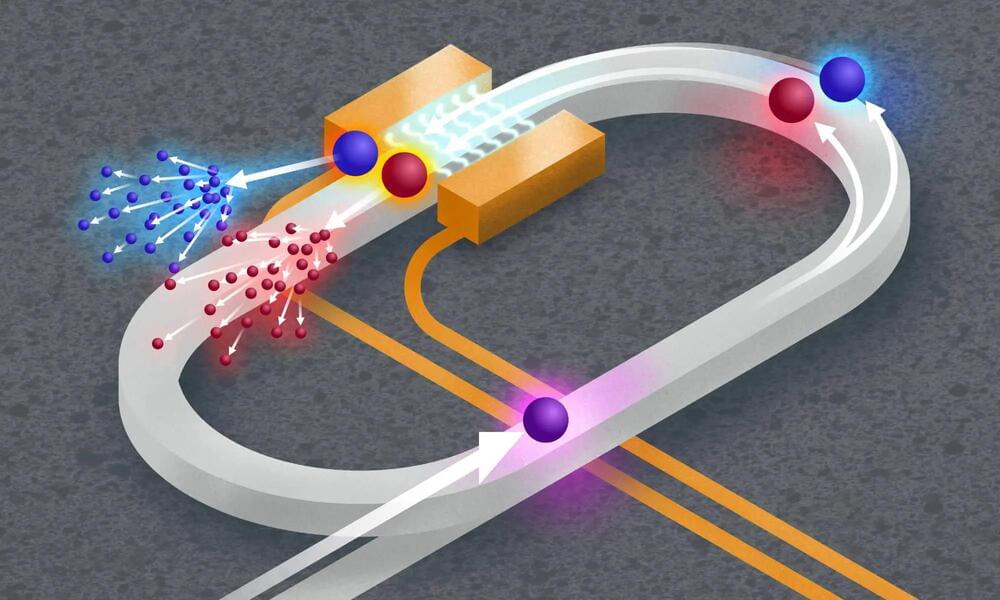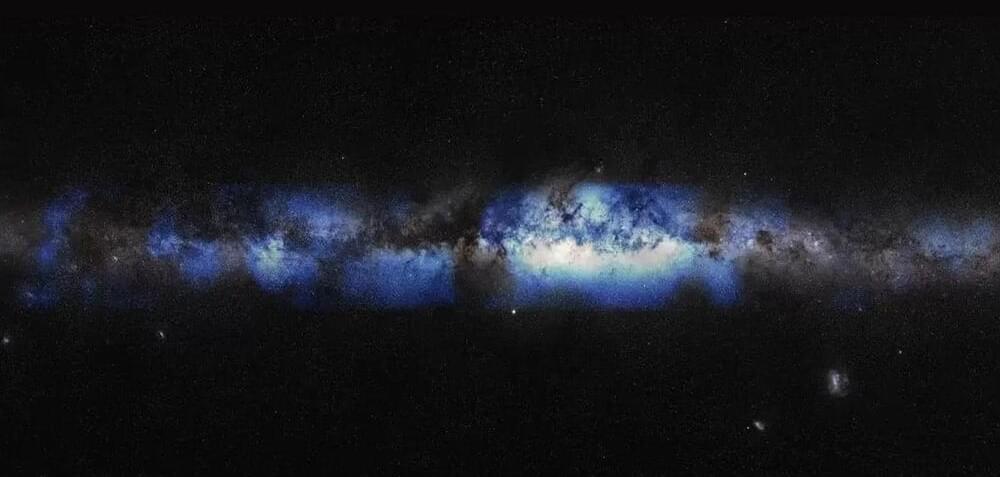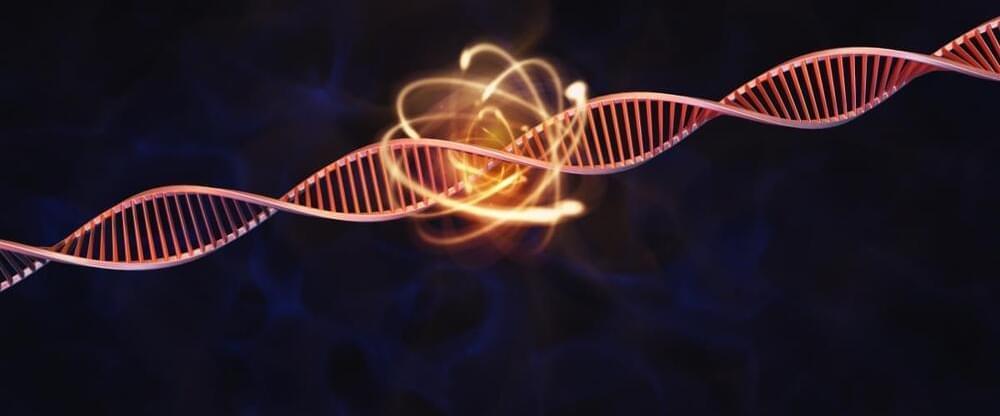Jul 9, 2023
New priming method improves battery life, efficiency
Posted by Omuterema Akhahenda in categories: climatology, particle physics, sustainability
Silicon anode batteries have the potential to revolutionize energy storage capabilities, which is key to meeting climate goals and unlocking the full potential of electric vehicles.
However, the irreversible depletion of lithium ions in silicon anodes puts a major constraint on the development of next-generation lithium-ion batteries.
Scientists at Rice University’s George R. Brown School of Engineering have developed a readily scalable method to optimize prelithiation, a process that helps mitigate lithium loss and improves battery life cycles by coating silicon anodes with stabilized lithium metal particles (SLMPs).


